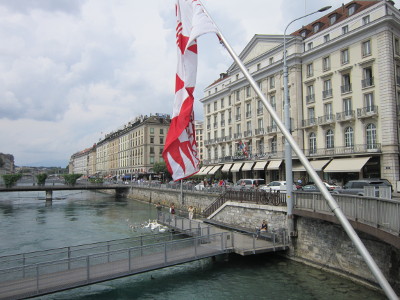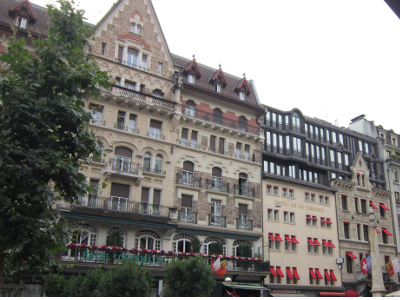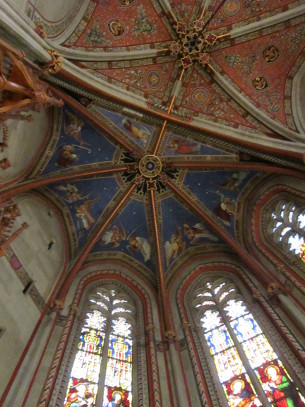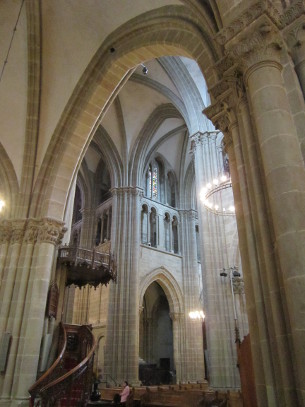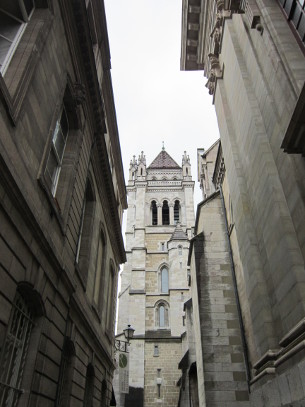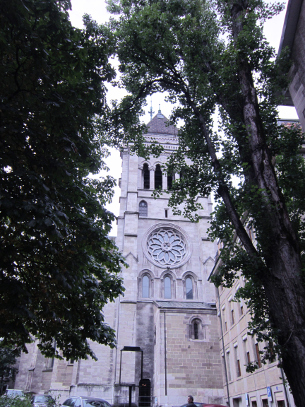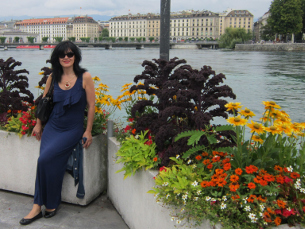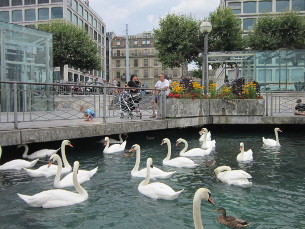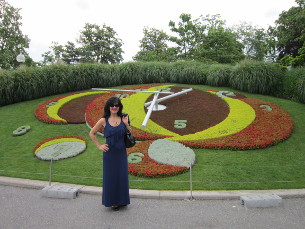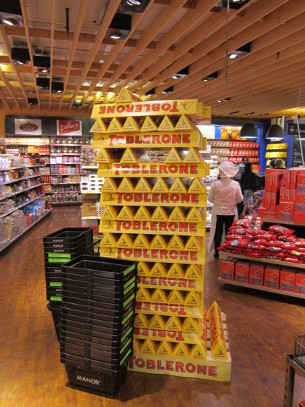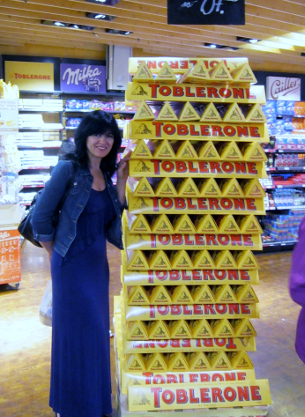Between World Wars I and II, Geneva, as the center of world diplomacy, enjoyed a period of high prosperity and growth. This was followed by an abrupt decline, which reflected the fortunes of the League of Nations. Though its successor, the United Nations, settled in New York, Geneva was made the center of its European operations, and several UN affiliates, including the World Health Organization, established themselves in the city. Geneva has continued to be the site of important international diplomatic conferences. The revival of the city's fortunes is linked not only to the presence of the international organizations but also to the growing prosperity of all of Switzerland.
The canton of Geneva, which covers an area of only 109 square miles (282 sq km), is surrounded on all sides except the northeast by French territory. Almost two thirds of the canton's population lives in the city of Geneva. The rest inhabit small towns and large villages in the rural parts of the canton and along the lake's shores.
Geneva is a transportation center of great importance. Roads converge on the city, which commands the key crossing of the Rhône above Lyon. The opening of the Mont Blanc tunnel has made the road from Geneva to Aosta, Italy, the easiest and most-used crossing of the western Alpine system.
Swiss chocolate refers to chocolate produced in Switzerland. While cacao beans and other ingredients such as sugar can originate from outside of Switzerland, the actual production of the chocolate must take place in Switzerland.
A new study in The New England Journal of Medicine shows that a country’s chocolate consumption correlates strongly with the number of Nobel Prizes its citizens win. According to the author’s calculations, Switzerland consumes the most chocolate and ranks second behind Sweden in laureates per capita. Switzerland doesn’t have the climate to grow cocoa. How did it become known for chocolate? Because the great chocolate innovators were Swiss.
There’s another factor to Switzerland’s high chocolate consumption: wealth. (Which may also explain the correlation with Nobel prizes.) Few cocoa-producing countries are big chocolate consumers, because chocolate is a luxury. Ivory Coast, Indonesia, Ghana, and Nigeria, all of which have per capita GDPs well below the global average, lead the world in cocoa production. By contrast, wealthy Western Europe constitutes 6 percent of the world’s population, but eats 45 percent of its chocolate.
Between the 18 Swiss chocolate companies, 172,376 tons of chocolate were made in year 2012. Residents help that number by eating approximately 10kg of chocolate annually.
Switzerland proudly claims the highest percentage of people over 100 in Europe. In 2012, it had the second highest life expectancy after Japan. This extended lifetime is probably in large part affected by the cleanliness of the air, the abundance of walking trails, and the availability of high-quailty health care.
